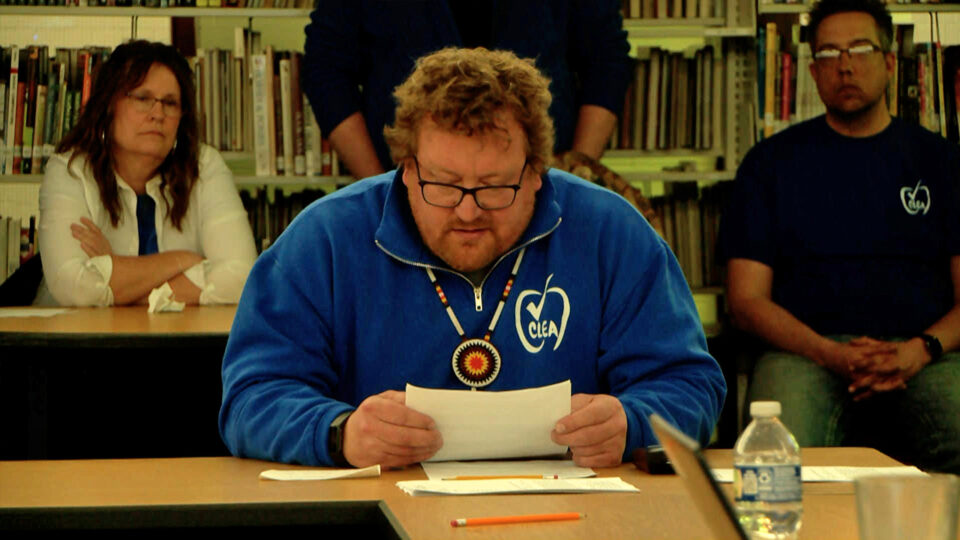Jan 30, 2017 | By: Josh Peterson
DNR Plans To Sell Nonferrous Mineral Leases
The Department of Natural Resources plans to hold a sale of state-owned metallic mineral leases for sites in northern Minnesota.
The DNR invites public input on the areas under consideration, which include sites in Beltrami, Itasca, Koochiching, Lake of the Woods and St Louis counties, totaling about 195,324 acres.
A notice was published in the EQB Monitor and State Register Monday, Jan. 30, and is available on the DNR’s website.
This will be the state’s 35th metallic minerals lease sale and the second using a new process designed to increase transparency, provide better access to information and afford an opportunity for public input.
The website includes screening criteria used by the DNR in its review of potential areas for lease as well as an interactive web map showing the areas under consideration in relation to outdoor recreation areas and natural features. The public is invited to provide written input about the sites to the DNR.
The lease sale involves nonferrous minerals, which are all metals except iron ore and taconite. Examples of nonferrous metallic minerals are: copper, nickel, platinum, palladium, gold, silver, cobalt, chromium, zinc, lead, bismuth, tin, tungsten, tantalum and niobium.
Under Minnesota law, the DNR is charged with managing state-owned minerals for exploration and development. Revenue generated from state metallic mineral leases benefits the schools, the university, and local taxing districts. On average, the DNR holds a metallic mineral lease sale about every one to two years.
Following the receipt of bids, the state’s Executive Council, comprised of the governor, lieutenant governor, attorney general, secretary of state, and state auditor will make final decisions about whether to approve new state metallic minerals leases.
A lease does not automatically grant the leaseholder permission to mine. Before a state-owned parcel can be mined, the leaseholder must comply with all legal requirements for environmental review and permitting. Most state metallic minerals leases end within five years. Historically, about 2.2 percent of areas under state metallic minerals leases have one or more exploratory borings.







